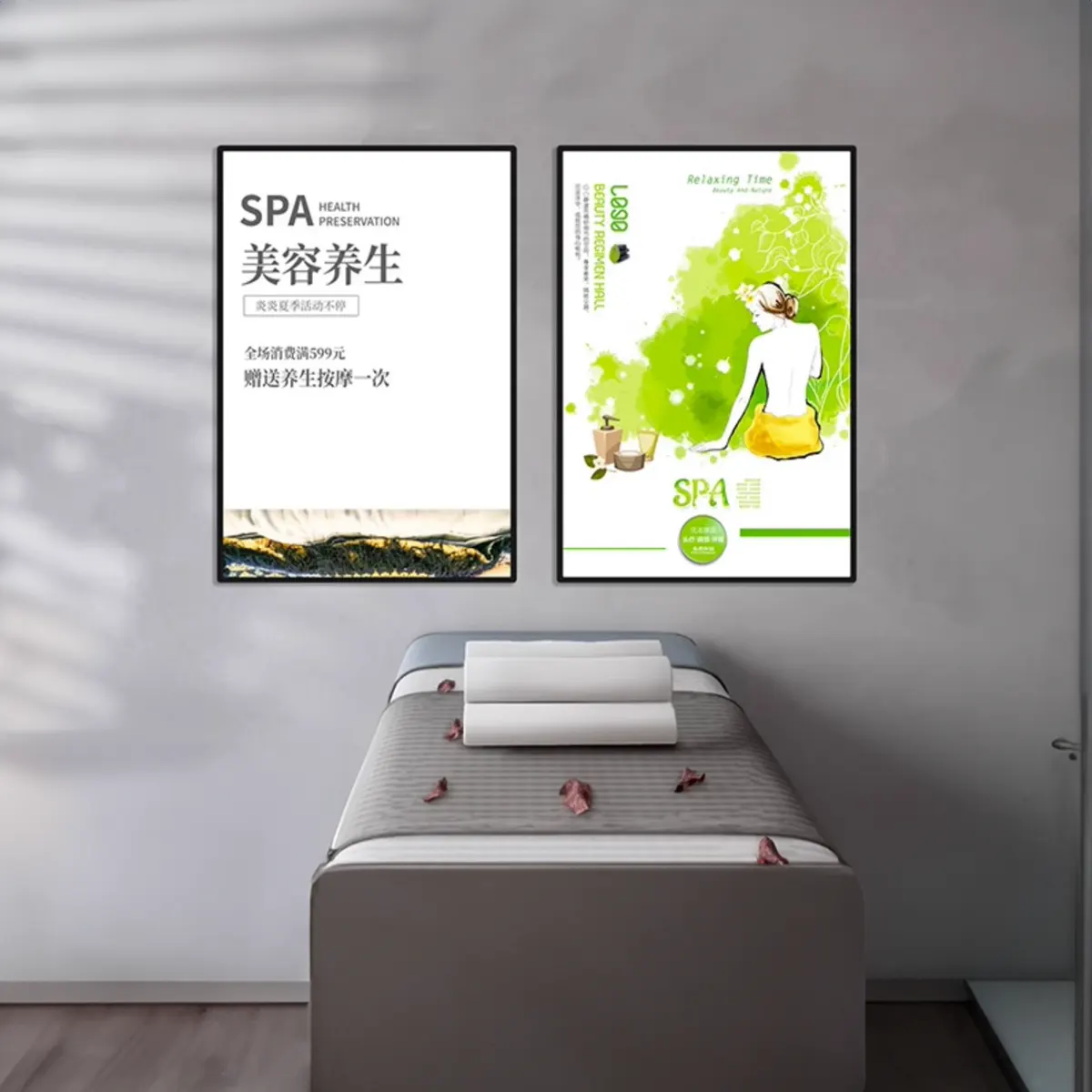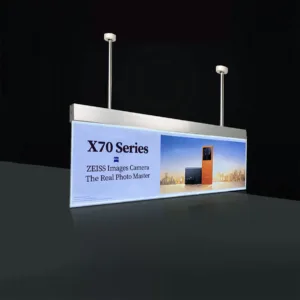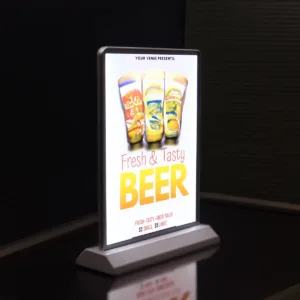Table of Contents
Introduction
LED lightbox displays have revolutionized the way we feature visuals, merging efficiency with vibrant illumination. But the evolution doesn’t stop with aesthetics; ensuring these displays are accessible to everyone, including people with disabilities, is crucial. By prioritizing inclusivity, we adhere to both the spirit and the letter of legal requirements, making our visual world open to all.
Understanding Accessibility Needs
True accessibility in LED lightboxes addresses the spectrum of human experience, catering to:
- Visual Impairments: From color blindness to low vision, adjustments in color contrast and clarity are essential.
- Hearing Impairments: Visual displays must offer alternatives for any auditory information.
- Physical and Motor Disabilities: The design must accommodate those with limited mobility or strength.
- Cognitive and Neurological Differences: Simplified interfaces can help those with cognitive challenges engage more fully.
Legal and Regulatory Requirements
Adherence to standards like the Americans with Disabilities Act (ADA) and the Web Content Accessibility Guidelines (WCAG) is not merely about compliance but about embracing inclusivity. These standards guide us in creating environments that welcome everyone.
Contrast and Readability
Ensuring that LED lightbox displays are accessible means focusing on:
- High Contrast and Readability: Utilizing color schemes and fonts that everyone can read easily.
- Adjustable Brightness: Allowing users to modify brightness to their comfort levels enhances usability.
Auditory Accessibility
LED lightbox displays can serve users with hearing impairments by providing visual alternatives to sound-based information, ensuring no one is left out of the message being conveyed.
Navigational Accessibility
Ease of use for individuals with physical or motor disabilities means intuitive controls and compatibility with assistive devices, making every interaction seamless.
Cognitive and Neurological Considerations
By organizing content clearly and minimizing distractions, LED lightboxes can cater to users with cognitive and neurological differences, making information more digestible.
Inclusive Design Principles
Inclusivity starts at the drawing board, incorporating diverse user needs into the design process and testing with a wide range of users to ensure universal usability.
Compliance and Certification
Meeting and exceeding accessibility standards through rigorous testing and certification demonstrates a commitment to inclusivity, offering peace of mind and opening doors for all users.
Frameglow Slim Lightbox: A Beacon of Accessibility
The Frameglow slim lightbox stands out not just for its sleek design but for its commitment to accessibility. Its easy poster replacement feature, allowing content updates in a simple hand motion, exemplifies how design can meet diverse user needs.
 Discover how the Frameglow slim LED lightbox makes visual displays accessible to all
Discover how the Frameglow slim LED lightbox makes visual displays accessible to all
Conclusion
Accessibility considerations for LED lightbox displays extend beyond mere compliance; they’re about creating an inclusive experience that welcomes every viewer. Through thoughtful design and adherence to standards, we can ensure that our visual spaces are open to all. The Frameglow slim lightbox, with its focus on accessibility and user-friendly features, exemplifies this commitment, making it a model for others in the industry to follow.
Learn more about our commitment to accessibility and innovation on the FrameGlow blog, and explore how our products are designed with every user in mind.
Related Articles:
- Comparing LED Lightboxes with Emerging Display TechnologiesIntroduction The display technology landscape is rapidly evolving, presenting a wealth of options beyond traditional LED… Read more: Comparing LED Lightboxes with Emerging Display Technologies
- The Evolution of LED Lightbox Technology Over the Last DecadeIntroduction Over the past decade, LED lightbox technology has undergone significant transformation, driven by advancements in… Read more: The Evolution of LED Lightbox Technology Over the Last Decade
- Preventative Maintenance Schedule for LED LightboxesIntroduction Maintaining your LED lightboxes is crucial to ensure their longevity and optimal performance. This guide… Read more: Preventative Maintenance Schedule for LED Lightboxes










